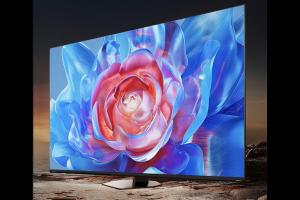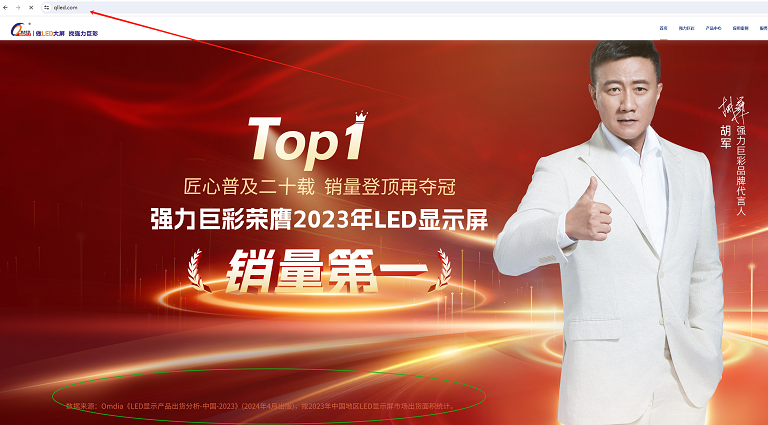AI glasses are in full swing, and giants are competing to enter the game to seize the new track
- author:
- 2025-08-02 17:03:55
At a time when technology is rapidly iterating, AI glasses are becoming a new battlefield for major technology giants to compete. On July 30, the person in charge of the innovative product business of Xiaomi's wearable department revealed that Xiaomi's first AI glasses market performed extremely well, with sales several times exceeding previous expectations. It is understood that Xiaomi has set an ambitious goal for this AI glasses, and plans to achieve annual shipments of more than 5 million pairs within three years, demonstrating its determination to deeply expand in this field.
Coincidentally, during the just-concluded WAIC 2025 World Artificial Intelligence Conference, Alibaba made a stunning appearance with its first self-developed smart glasses," Quark AI glasses". As the flagship product in the AI hardware field of Alibaba, it adopts a cutting-edge dual microled light engine solution, attracting a lot of attention. It is reported that this product has completed research and development and is expected to be officially launched to the market within the year. By then, it is expected to bring a new AI interactive experience to consumers, and it also indicates the deep expansion of Ali's AI strategy from software to hardware.
At the same time, Zhou Hongyi, chairman of 360 Company, also released news that this month 360 Company will release two new AI hardware products,—— AI smart glasses and smart voice recorders, further enriching its AI product matrix, showing 360's layout plan in the AI hardware field, and striving to get a piece of the smart wearable device market.
The second-quarter financial report released by Essilor Rosa Otica, the world's largest glasses manufacturer, also reflects the booming trend of the AI glasses market. Data shows that sales of Ray-Ban Meta smart glasses in the first half of this year increased significantly year-on-year, more than three times that of the same period last year. This achievement not only proves the strong market demand for AI glasses, but also injects a shot in the arm into other manufacturers.
It is worth mentioning that since the beginning of this year, Huawei, Xiaomi, Ali, Baidu, 360, Thunderbird and other technology giants have added their names to the field of AI glasses, making 2025 a critical first year for the development of AI glasses. Judging from market feedback, eyewear equipment, as a typical product form of AI externalization, is gradually being accepted by consumers. Jingdong data shows that during the June 18 period this year, the transaction volume of AI glasses increased by 7 times year-on-year, and the number of AR glasses users increased by 70% year-on-year. The market potential is accelerating. However, behind the prosperity, the market has not yet formed a scale effect. In order to seize market share, some brands are willing to trade losses for sales and attract consumers through low-price strategies, making the competition increasingly fierce.
Currently, AI glasses on the market can be roughly divided into three categories. The first category is the relatively streamlined AI + audio mode. These products are mainly connected through voice and intelligent AI. With their simpler functional design, they achieve lightweight and cost-effective products. The price can even be as low as less than 1000 yuan, meeting the needs of some users who are price-sensitive and pursue basic AI functions.
The second category adds a first-person perspective shooting function based on the audio function and incorporates more practical functions. Meta's Ray-Ban Classic and Xiaomi AI glasses are representatives of them. Ray-Ban Classic's sales of more than 2 million units and Xiaomi's shipment target of 5 million pairs are enough to demonstrate the broad commercial prospects and strong demand of this model in the current market.
The third category is AR glasses with display as the core. These products integrate AI, AR, and audio functions, maximizing the application boundary of AI and more in line with the public's imagination of future AI glasses. Limited by technical costs, current AR glasses generally use Micro LEDs and advanced optical technology, and the price range is mostly 2000 - 5000 yuan. In the past two years, driven by commercial forces, Micro LED AR glasses have accelerated their iteration speed and continued to expand their market share. Breakthroughs in key technologies such as optical waveguide displays, MicroLED screens and low-power chips are helping AR glasses move towards lightweight and high-performance.

As giants step down one after another, technology continues to innovate, and market demand grows, the future development of the AI glasses field is full of imagination. Let us wait and see who can stand out in this fierce competition, successfully shape the mainstream form of AI glasses, and lead the development direction of the industry.
Coincidentally, during the just-concluded WAIC 2025 World Artificial Intelligence Conference, Alibaba made a stunning appearance with its first self-developed smart glasses," Quark AI glasses". As the flagship product in the AI hardware field of Alibaba, it adopts a cutting-edge dual microled light engine solution, attracting a lot of attention. It is reported that this product has completed research and development and is expected to be officially launched to the market within the year. By then, it is expected to bring a new AI interactive experience to consumers, and it also indicates the deep expansion of Ali's AI strategy from software to hardware.
At the same time, Zhou Hongyi, chairman of 360 Company, also released news that this month 360 Company will release two new AI hardware products,—— AI smart glasses and smart voice recorders, further enriching its AI product matrix, showing 360's layout plan in the AI hardware field, and striving to get a piece of the smart wearable device market.
The second-quarter financial report released by Essilor Rosa Otica, the world's largest glasses manufacturer, also reflects the booming trend of the AI glasses market. Data shows that sales of Ray-Ban Meta smart glasses in the first half of this year increased significantly year-on-year, more than three times that of the same period last year. This achievement not only proves the strong market demand for AI glasses, but also injects a shot in the arm into other manufacturers.
It is worth mentioning that since the beginning of this year, Huawei, Xiaomi, Ali, Baidu, 360, Thunderbird and other technology giants have added their names to the field of AI glasses, making 2025 a critical first year for the development of AI glasses. Judging from market feedback, eyewear equipment, as a typical product form of AI externalization, is gradually being accepted by consumers. Jingdong data shows that during the June 18 period this year, the transaction volume of AI glasses increased by 7 times year-on-year, and the number of AR glasses users increased by 70% year-on-year. The market potential is accelerating. However, behind the prosperity, the market has not yet formed a scale effect. In order to seize market share, some brands are willing to trade losses for sales and attract consumers through low-price strategies, making the competition increasingly fierce.
Currently, AI glasses on the market can be roughly divided into three categories. The first category is the relatively streamlined AI + audio mode. These products are mainly connected through voice and intelligent AI. With their simpler functional design, they achieve lightweight and cost-effective products. The price can even be as low as less than 1000 yuan, meeting the needs of some users who are price-sensitive and pursue basic AI functions.
The second category adds a first-person perspective shooting function based on the audio function and incorporates more practical functions. Meta's Ray-Ban Classic and Xiaomi AI glasses are representatives of them. Ray-Ban Classic's sales of more than 2 million units and Xiaomi's shipment target of 5 million pairs are enough to demonstrate the broad commercial prospects and strong demand of this model in the current market.
The third category is AR glasses with display as the core. These products integrate AI, AR, and audio functions, maximizing the application boundary of AI and more in line with the public's imagination of future AI glasses. Limited by technical costs, current AR glasses generally use Micro LEDs and advanced optical technology, and the price range is mostly 2000 - 5000 yuan. In the past two years, driven by commercial forces, Micro LED AR glasses have accelerated their iteration speed and continued to expand their market share. Breakthroughs in key technologies such as optical waveguide displays, MicroLED screens and low-power chips are helping AR glasses move towards lightweight and high-performance.

As giants step down one after another, technology continues to innovate, and market demand grows, the future development of the AI glasses field is full of imagination. Let us wait and see who can stand out in this fierce competition, successfully shape the mainstream form of AI glasses, and lead the development direction of the industry.
TAG:
Guess you want to see it
Popular information
-
CEO of TV IKLAN Group, Indonesia's largest media company, led a delegation to inspect MNLED and the

-
New Mini LED product trend in the TV industry: Technology competition and market layout among Hisens
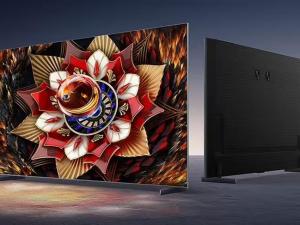
-
ISE2025 kicked off grandly, Lamp Video shines on the first day, and immersive experience leads the n

-
China Film Technology breaks through again: The CINITY LED Plate Making Center in Los Angeles is off
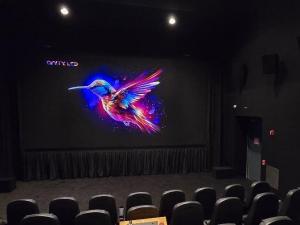
-
Zhou Ming joins hands with the Guangdong Basketball Association to produce another masterpiece! The

-
Good news! Alto Electronics wins four ISLE 2023 awards
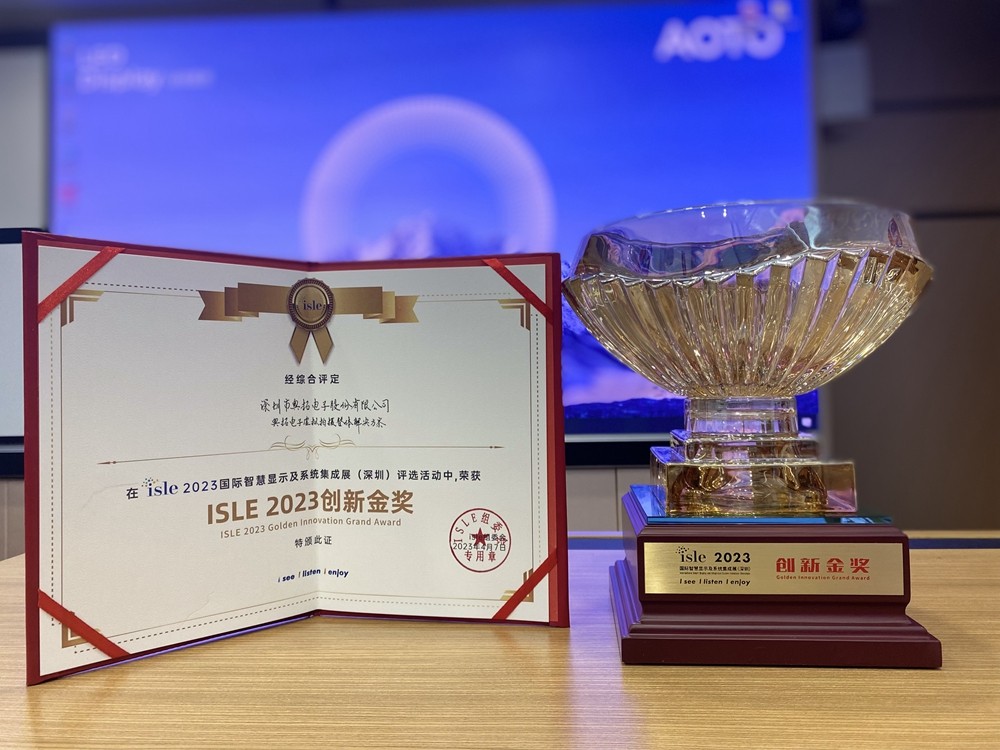
-
Abbison builds the world's largest indoor COB curved screen, reshapes a new paradigm for command cen

-
Standing young at 30: Riyadh celebrations kick off a new journey and draw a new blueprint for audio-

-
Abbison at the Osaka World Expo: The cultural narrative of LED display and industry breakthrough

-
AU Optronics: Innovation pioneer in CES 2025 smart cockpit design
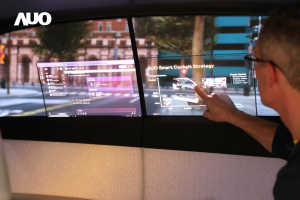
the charts
- CEO of TV IKLAN Group, Indonesia's largest media company, led a delegation to inspect MNLED and the
- Innolux joins hands with Yuantai, TPV and others to introduce large size color electronic paper into
- Xida Electronics signs a strategic cooperation agreement with Changbai Mountain Chixi District Manag
- Liard joins hands with "Three-Body" to open a new era of science fiction drama in China
- Zhaochi Semiconductor joins hands with Li Xing Semiconductor. Want to do big things?
- Zhou Ming joins hands with the Guangdong Basketball Association to produce another masterpiece! The
- ISE2023 Abbison's first exhibition in the new year has received frequent good news, and the immersiv
- Samsung Display and APS "work together" to create 3500ppi Micro OLED
- Zhouming Technology and Perfect World officially reached an educational ecological partnership!
- Longli Technology:Mini-LED has been shipped in batches to some in-vehicle customers, VR customers, e



